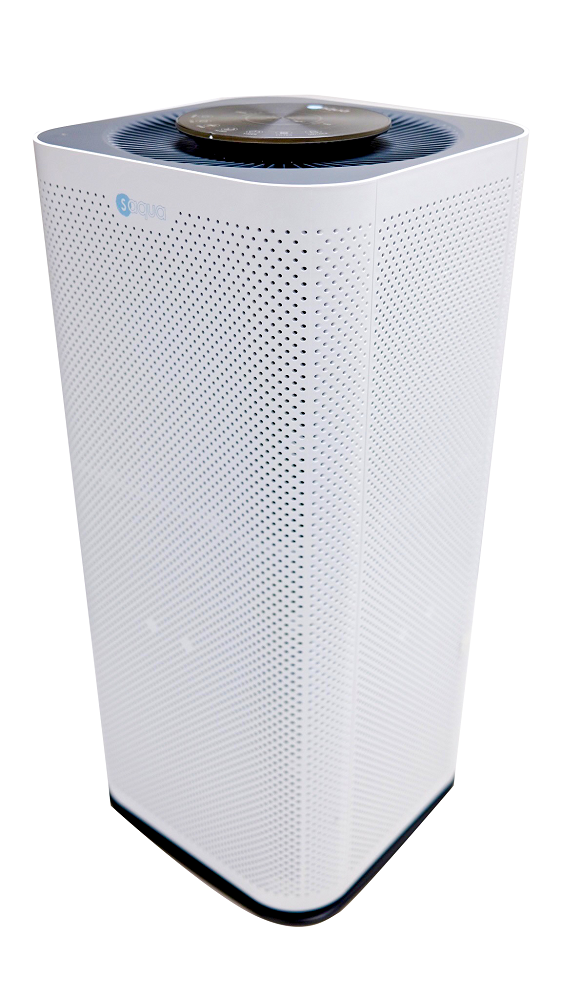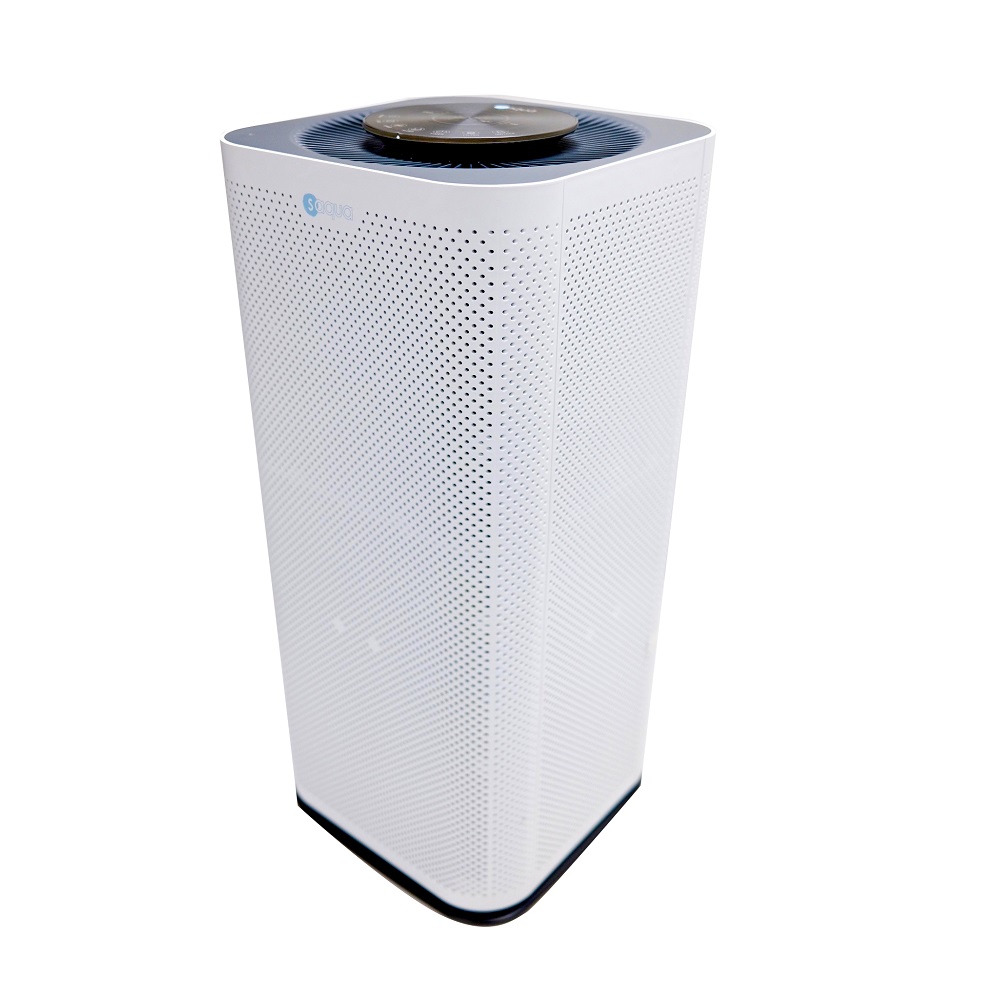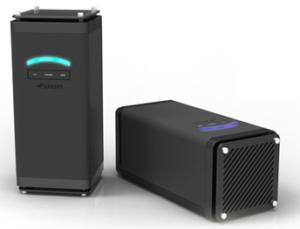Air purification
In the Netherlands, traffic, industry and intensive livestock farming cause air pollution. But shipping, aviation and construction work also emit many harmful substances. Wood stoves, barbecues and fireplaces greatly pollute the air in your neighborhood.
The diesel car is a polluting vehicle on the road. On the bike path, however, there is also a major polluter: the two-stroke scooter. As a cyclist, the effort you exert makes you breathe more often and more deeply. If you ride behind a two-stroke scooter, you inhale as much as 30 times more polluted air. You also get a lot of dirty air into your lungs in traffic jams.
These industries generate a lot of particulate matter through the use of straw and dried manure. In addition, ammonia is released into the air which is converted to particulate matter.
Air pollution consists of a mixture of substances, including: particulate matter, nitrogen oxides and ozone. In periods with many of these pollutants, we speak of smog.
This is a collective term for all suspended particles smaller than ten micrometers, this is referred to as PM10. By comparison, one head of hair is over five times larger! Particulate matter is divided into different sizes: the most common are PM10, PM 2.5 and PM 0.1. The smaller the number, the smaller the dust particles and the deeper they can penetrate your lungs and cause damage. The smallest particulate matter (ultrafine dust) even enters your bloodstream and can cause cardiovascular disease. Soot and ultrafine dust are the unhealthiest.
Nitrogen oxides include nitrogen dioxide (NO2). These gases are created during combustion, especially in traffic. When nitrogen dioxide is high, it is an indication that other pollutants are also present in the air. Diesel cars are a major source of nitrogen oxides.
Pollutants including nitrogen dioxide are converted to ozone by sunlight. We see ozone smog especially in summer on warm, windless days. During the day, the amount of ozone increases sharply.
Source: lung fund

Show all 2 results
Show all 2 results


